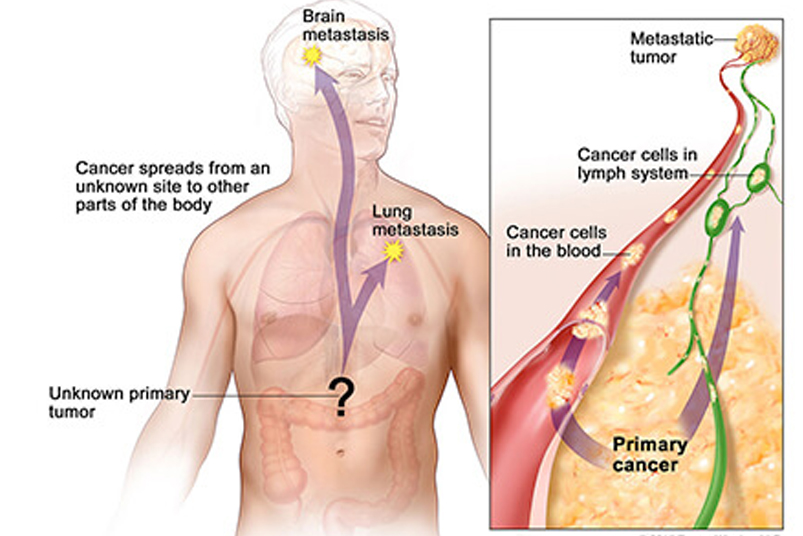ABSTRACT
BACKGROUND : Various findings on the relationship between smoking and obesity have been demonstrated. This study aimed to investigate the association between smoking behavior and obesity in the Indonesian adult population.
METHODS A cross-sectional analysis was conducted using data from the 2014 Indonesian Family Life Survey. A body mass index of ≥25 kg/m² was employed to define obesity.Smoking behavior was assessed in terms of smoking status and its attributes. The potential confounders of gender, age, education, residential environment, economic status, physical activity, and education level were adjusted using logistic regression.
RESULTS Study subjects were 28,949 adults aged ≥20 years. Current smoking was a protective factor of obesity (adjusted odds ratio [aOR] = 0.53; 95% confidence interval [CI] = 0.48–0.58), whereas previous smoking habit showed no association with obesity (aOR = 0.96; 95% CI = 0.84–1.09). The risk of current smokers having obesity was lower than that of nonsmokers as smoking duration increased (aOR = 0.46–0.63). By contrast, the risk of obesity was relatively higher among former smokers than current smokers as the duration of quitting increased (aOR = 1.46–2.20). Heavy smokers had a higher risk of obesity than light smokers among former (aOR = 1.85; 95% CI = 1.27–2.67) and current smokers (aOR = 1.38; 95% CI = 1.23–1.65).
CONCLUSIONS Overall, smoking negatively affected obesity among the Indonesian adult population. By contrast, quitting smoking was associated with an increased risk of obesity. Thus, weight management along with smoking cessation intervention should be prescribed.
KEYWORDS Indonesian Family Life Survey 2014, obesity, smoking
FULL TEXT KLIK DISINI



